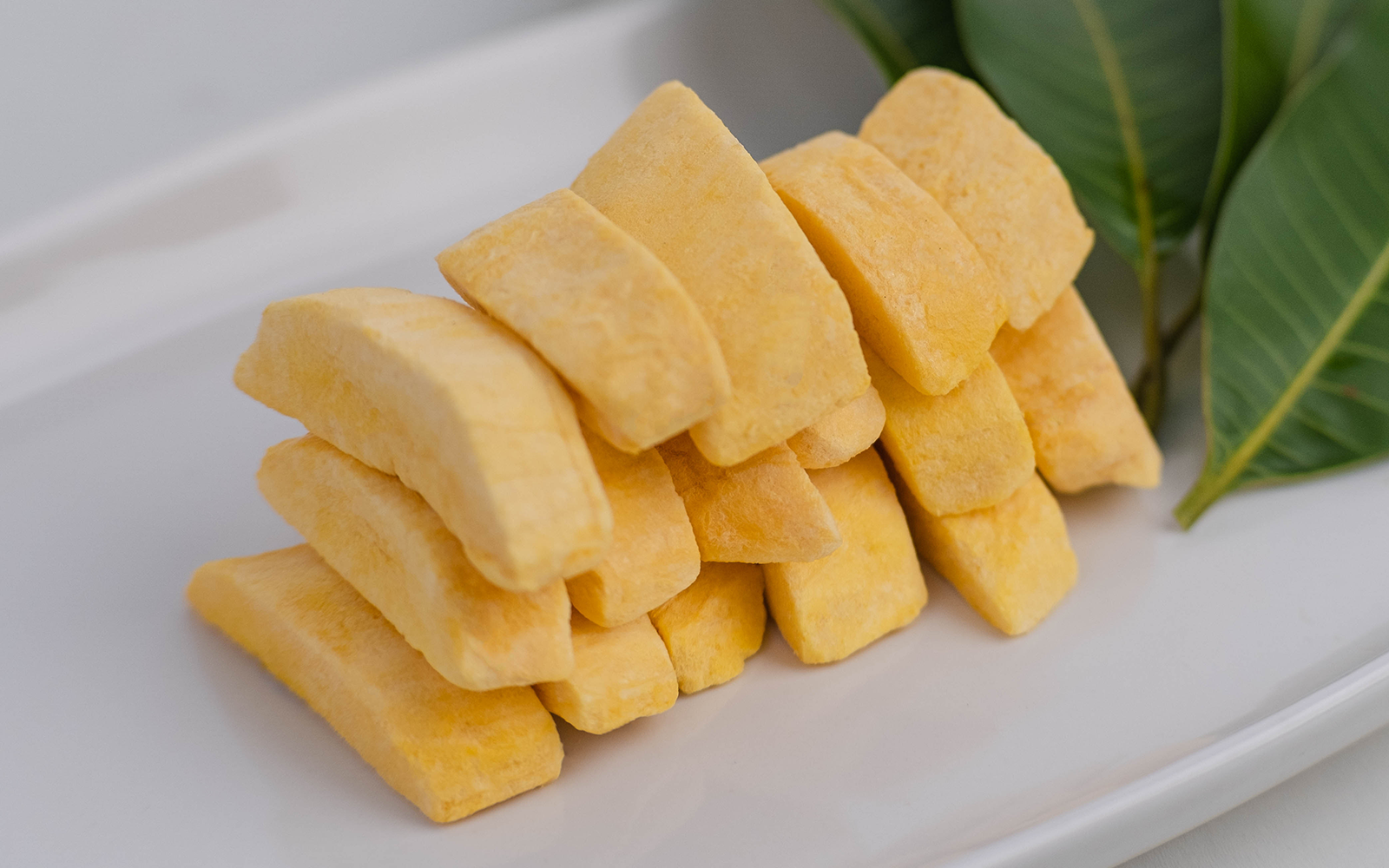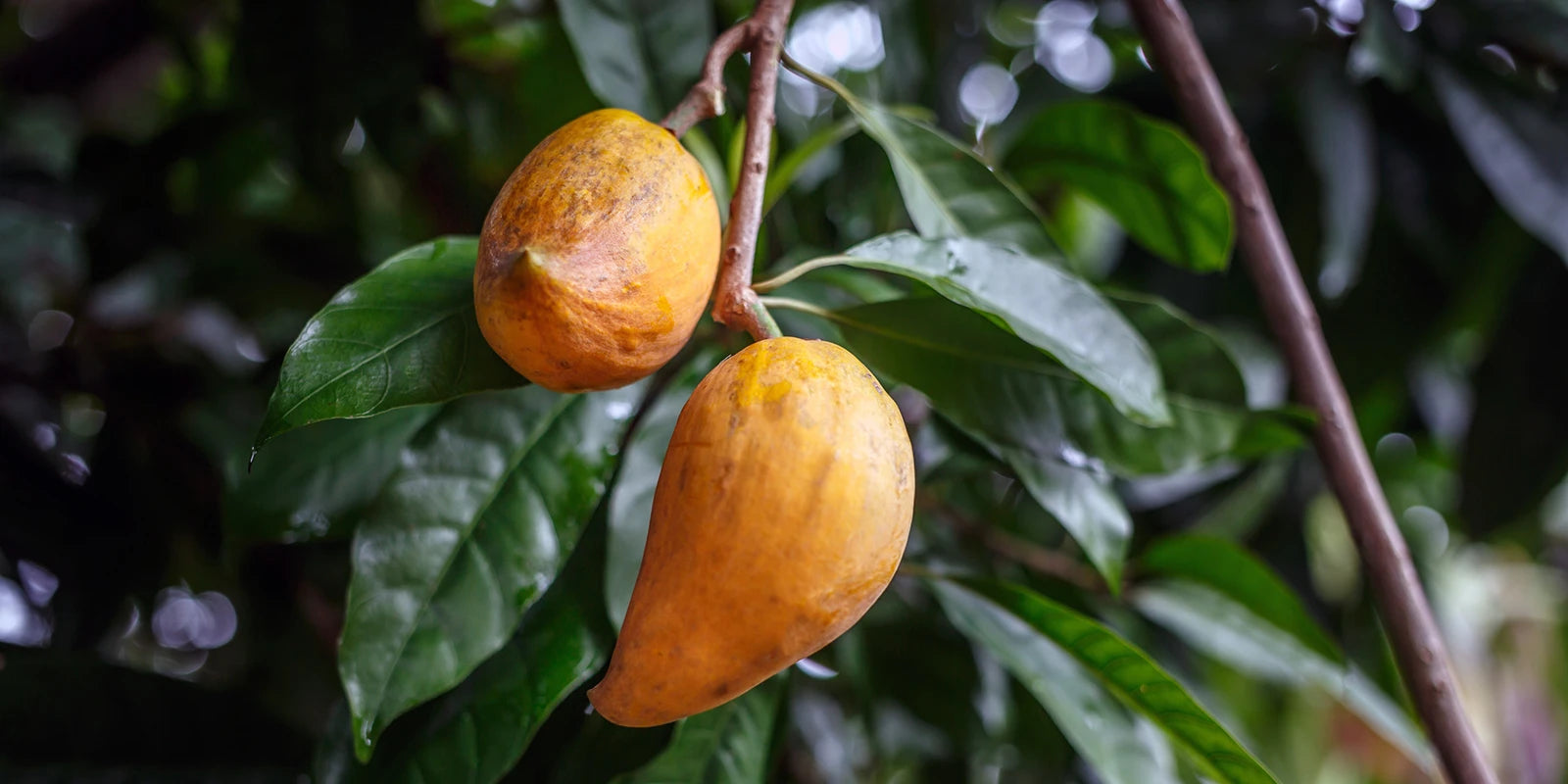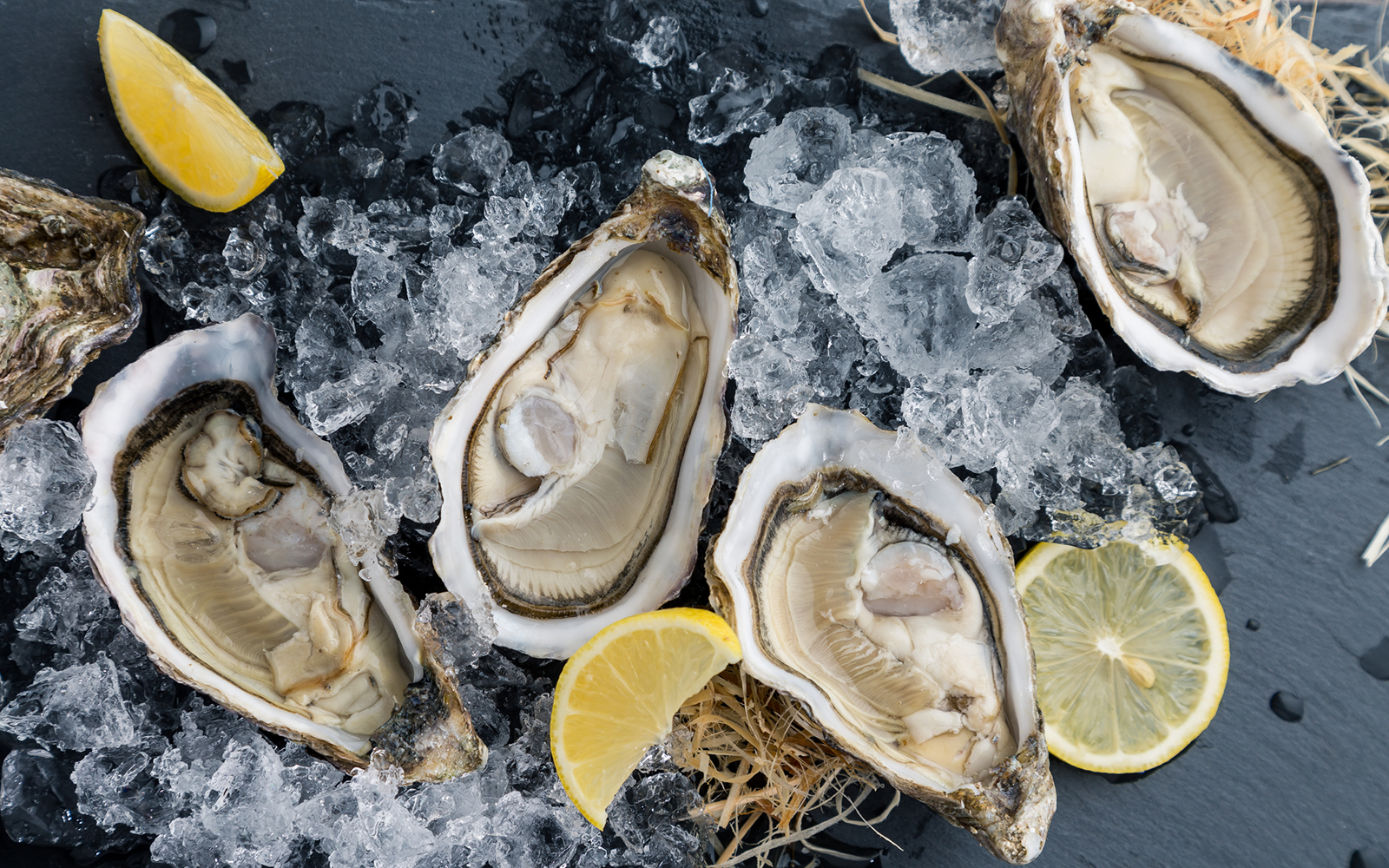A common question we get here at Exotica NZ is about how best to replant or repot plants. We hope these 22 helpful tips will help you get the best results.
When should I repot a plant?
- Repotting can be done when there’s a sign that the roots have run out of space, such as the roots coming out of the holes at the bottom of pot or the root coming up to the surface.
- Repotting plants can be a stressful process, especially when the roots are fragile and if you don’t have much experience handling the plants. Repotting can also can cause a significant stress to plant. So prior to making any changes or repotting, ensure the plants really are in good shape, healthy, and needed to be repotted.
- If the plant is a young seedling, you should only to repot in Spring. The best time to repot bigger plants is also around Spring time.
- We make up a seaweed and fish tonic mix and soak the plant with their current bags or pots till the mixture got in right through before we drain them out. We then rest the plant for an hour minimum before we repot them. Obviously there are other plants that are more mature and don't require the soaking step.
How big should the new pot be?
- Usually the pot shouldn’t be bigger than 2-3 sizes of the rootball. Some subtropical plants like mango and citrus for example they love to be compacted and slightly rootbound.
- If you have a seedling plant less than two years old, there is usually no need to repot. However, the soil will still need reconditioning like adding fertiliser, mulch and topping up with compost.
- Tip: We usually repot all plants before sending away to our customers, so repotting is not needed straight away. An exception is the plants with Pb10 bags like the avocados. These plants should be repotted into the ground or much bigger pot quite quickly. We also weed and fertilise the plants prior to delivery this covers for a good 3-4 months.
What soil should I use when repotting plants?
All subtropical plants like a free draining, sandy soil that is rich with organic matter. We learned a lot from experience and tested many brands. What we found helpful is to mix the potting mix with some sand or fine pumice with ratio of 60/40 mix. We have also experimented with top soil, sand and organic manure with great success depending on the type of plants we are planting. The ratio for these are 2:1:0.5 mixture.
What tips have you got for the actual repotting process?
- Once you have your pot ready and prepped, a great tip is to hold on tight to the root ball of the plant, and minimise the chance of broken roots.
- Remember, after you have repotted, don’t over water or over fertilise the plants straight after repotting this will give a huge shock to the plant.
Where should I place my repotted plant for best results?
- The best advice we can give is the subtropical plants love the heat, but they don’t like direct sunlight. Usually they can tolerate a lot more cold as they grow but they don’t do well with wet feet. So access to well draining soil is crucial and do protection against frost, and heavy wind and excessive rain. It's important.
- If the subtropical plants can be kept under cover for the first four winters it will make a massive difference in the growth and survival of the plants.
- Young plants still need protection from wind, frost and most plants don't like direct sunlight
- If you are growing the plant indoors, be weary of the use of a heat pump, fireplace and the HRV system as this seems to dry out the indoor plants.
- If you have the plants indoors, just give them some gentle misting or spraying on stems and leaves to replace the lack of moisture around the plant.
- As the plant grows bigger and becomes more established, they can tolerate frost and adapt to the New Zealand climate.
- If you do have a greenhouse or poly tunnel, then it helps greatly and you have a lot more options on what can be grown in your backyard.
- Growing subtropical plants in a pot for as long as practicable helps massively before the plant can be introduced to the outdoors.
- For subtropical plants, it’s advisable to keep them under cover, still in a pot until it's just about doubled in size. Once they pass the 3rd or 4th Winter, you can slowly introduce the sub tropicals to the outdoor semi protected.
What's the best advice for watering repotted plants?
- Watering the right amount is so important for subtropical plants. They don’t usually require much watering like the Calina Papaya plants that we have exclusively to Exotica NZ. During the Winter, once a week watering is sufficient.
- Around spring increase to 1-2 a week and summer time every 2-3 days depending on type and size of the plants you have.
- Overall, checking plant health is critical prior to making any changes to the regime and so do planning on location on where you want to place them.
Our best tip...Enjoy!
Growing subtropical plants is fun, but they are challenging and require patience, a bit of skill, enthusiasm and always with a little luck the plants will thrive and reward you back with its delicious fruit. If you need any further help or have any additional questions about repotting or replanting plants, we'd love to hear from you. Email Rose at hello@exoticanz.com








